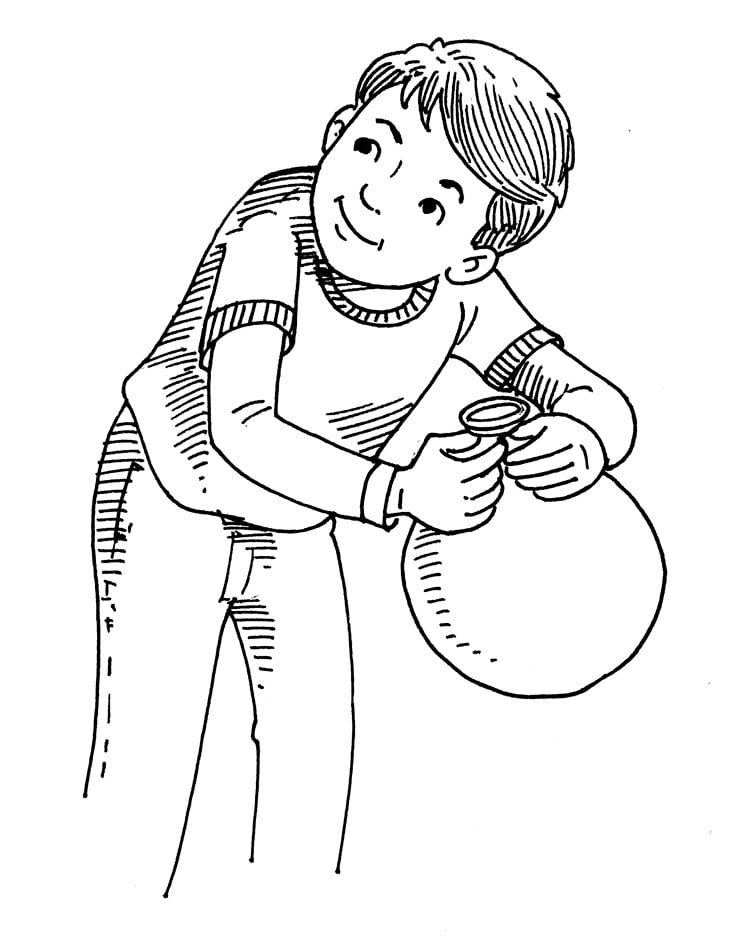
Place your hand gently over your throat. Hum a tune. What do you feel? Can you detect any changes in the vibration as you vary the pitch and volume of the notes? Within your throat is a body part called a voice box. The voice box contains bands of muscle tissue called vocal cords. Like other muscles, the vocal cords can relax or tighten up. As air passes over these muscles, their tension “shapes” the sound that you create.
Thing Required:
Balloon
Directions:
Blow up a balloon and hold the open end shut. While preventing air from escaping, pinch both sides of this nozzle. Now slowly loosen your hold of the opening of the balloon to allow a controlled flow of air through. Then pull the opening wider. What happens to the pitch?
Release the “stretch” so that the nozzle material may relax. How does this affect the pitch?
This Is What Happens:
The nozzle was a model of your vocal cords. Air that passed through the nozzle opening caused the elastic material to vibrate. This vibration produced sound.
When the nozzle was stretched, the vibrating material became tighter. This change produced a note of higher pitch.
When the nozzle material was relaxed, the pitch dropped. By altering the tension in the nozzle, you produced a sliding scale of notes.
